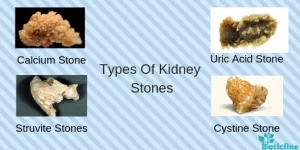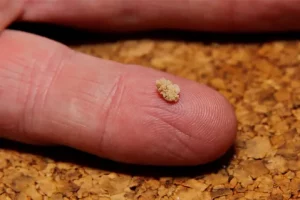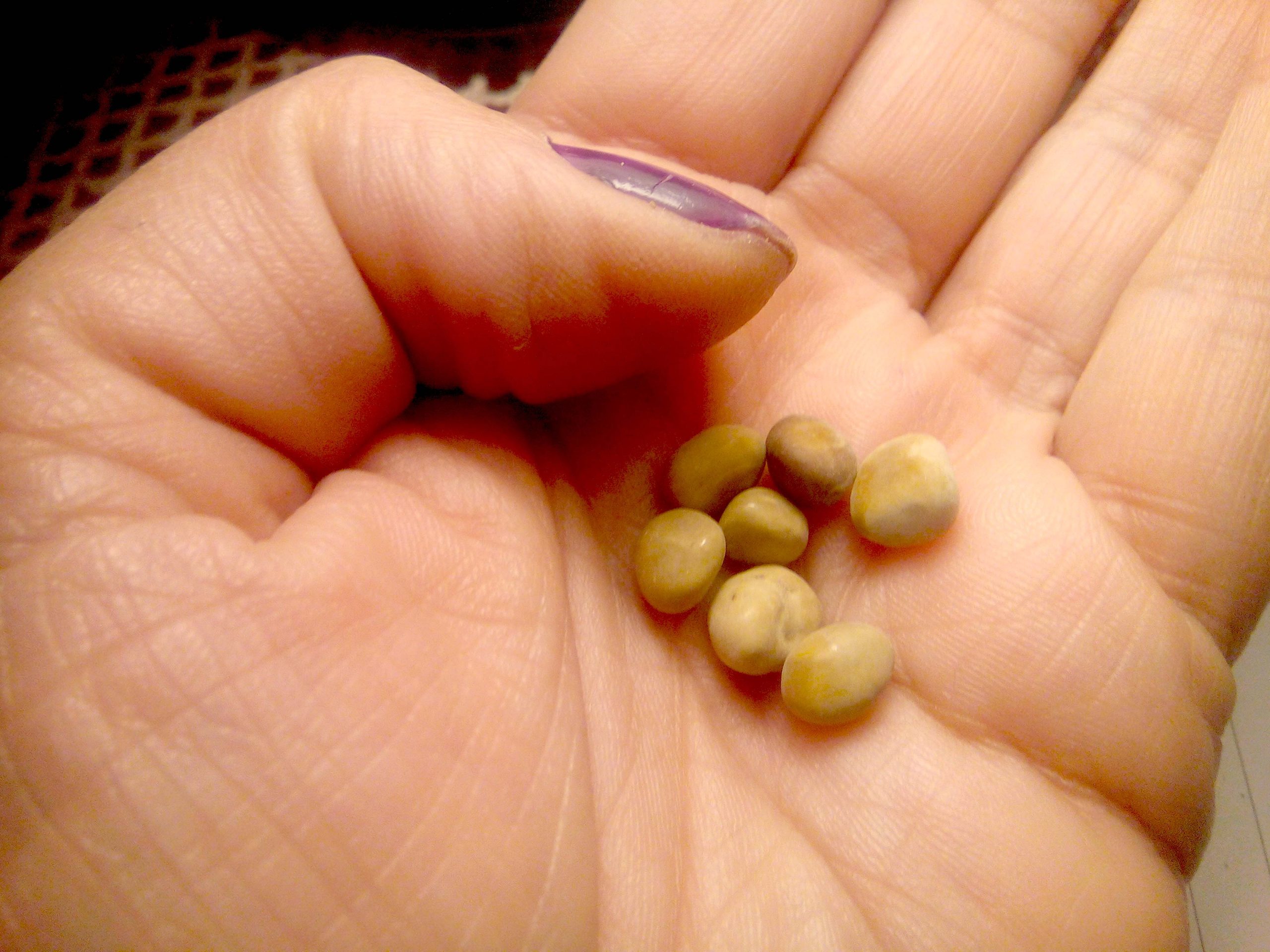Introduction
Kidney stones, medically termed nephrolithiasis, are a common ailment affecting millions worldwide. The excruciating pain and discomfort they cause often lead individuals to seek immediate medical attention. However, amidst the distress, there’s a glimmer of hope: the potential for spontaneous resolution. In this comprehensive guide, we delve into the phenomenon of kidney stone survival, exploring its intricacies, potential causes, and factors influencing its likelihood. Explore More About (Age vision Disorder)
Understanding Kidney Stones
What Are Kidney Stones?
Kidney stones are hard mineral and salt deposits that form in the kidneys. They can vary in size, from tiny grains to large, golf ball-sized masses. These stones can obstruct the urinary tract, causing intense pain and complications such as urinary tract infections and kidney damage.
Types of Kidney Stones
Calcium Stones
Calcium stones are the most prevalent type, comprising calcium oxalate or calcium phosphate. Excessive calcium or oxalate in the urine can lead to their formation.
Struvite Stones
Struvite stones, also known as infection stones, often develop in response to urinary tract infections. They can grow rapidly and become quite large.
Uric Acid Stones
Uric acid stones form when there’s an abundance of uric acid in the urine, often due to a diet rich in purines or certain medical conditions.
Cystine Stones
Cystine stones are rare and result from a genetic disorder causing the kidneys to excrete excessive amounts of certain amino acids.

Spontaneous Resolution: A Natural Phenomenon
What Is Spontaneous Resolution?
Spontaneous resolution refers to the natural passing or dissolution of kidney stones without medical intervention. While it may seem improbable, especially considering the intense pain associated with kidney stones, studies have shown that a significant percentage of stones do resolve on their own.
Factors Influencing Spontaneous Resolution
Stone Size
The size of the kidney stone plays a crucial role in its likelihood of spontaneous resolution. Smaller stones, typically those less than 5 millimeters in diameter, have a higher chance of passing spontaneously.
Stone Location
The location of the stone within the urinary tract also influences its likelihood of spontaneous passage. Stones closer to the bladder have a better chance of being expelled through urination.
Composition of the Stone
The composition of the stone, whether calcium-based, uric acid, or other types, can impact its propensity for spontaneous resolution. Some stones are more prone to dissolving in urine than others.
Hydration Levels
Proper hydration is vital for kidney stone prevention and may also aid in their spontaneous resolution. Adequate fluid intake helps flush out minerals and salts, potentially facilitating the passage of stones.
Diet and Lifestyle Factors
Certain dietary and lifestyle habits, such as consuming a high-oxalate diet or leading a sedentary lifestyle, can contribute to kidney stone formation. Making dietary adjustments and staying active may aid in preventing and resolving stones.

Signs and Symptoms of Spontaneous Resolution
Passing of Stone Fragments
One of the telltale signs of spontaneous resolution is the passing of stone fragments in the urine. This may be accompanied by relief from pain and discomfort.
Improvement in Symptoms
Individuals experiencing a reduction in symptoms, such as decreased intensity of pain and improved urinary flow, may be witnessing the spontaneous resolution of their kidney stones.
Resolution Confirmed by Imaging
In cases where imaging tests, such as ultrasound or CT scans, reveal the disappearance or significant reduction in the size of kidney stones over time, spontaneous resolution is confirmed.
When to Seek Medical Attention
While spontaneous resolution offers a ray of hope for kidney stone sufferers, it’s essential to exercise caution and seek medical attention in certain situations:
- Persistent Symptoms: If symptoms persist or worsen despite conservative measures, medical evaluation is warranted.
- Complications: Complications such as fever, chills, or signs of urinary tract infection require prompt medical treatment.
- Obstruction: Complete obstruction of the urinary tract by a kidney stone necessitates urgent intervention to prevent kidney damage.
Types of Kidney Stones
| Type of Kidney Stone | Composition | Prevalence | Formation Factors |
|---|---|---|---|
| Calcium Stones | Calcium oxalate or phosphate | Most common | Excessive calcium or oxalate in urine |
| Struvite Stones | Magnesium ammonium phosphate | Less common | Urinary tract infections |
| Uric Acid Stones | Uric acid | Moderate | High purine diet, certain conditions |
| Cystine Stones | Cystine | Rare | Genetic disorder |
Conclusion
Kidney stone survival through spontaneous resolution is a fascinating phenomenon that underscores the body’s remarkable ability to heal itself. While not all stones will pass without intervention, understanding the factors influencing spontaneous resolution can empower individuals to take proactive steps towards kidney stone prevention and management. By adopting a healthy lifestyle, staying hydrated, and seeking timely medical care when needed, individuals can navigate the challenges posed by kidney stones with resilience and confidence.




